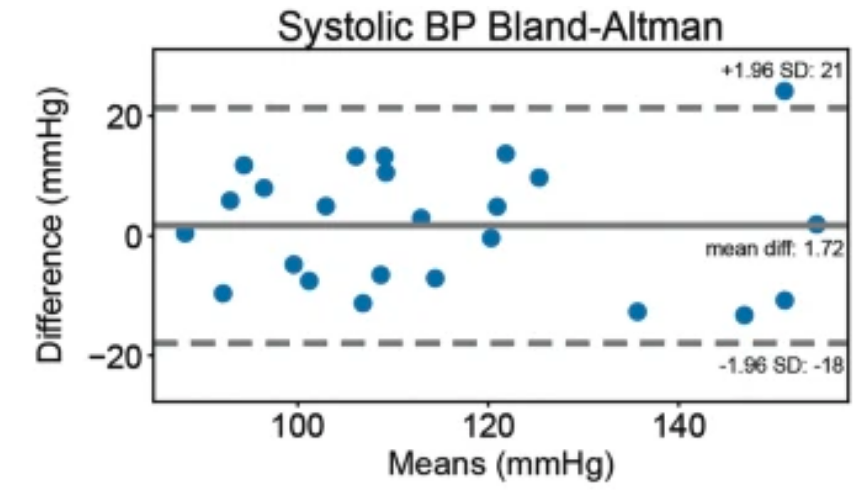Say the magic word?
Q: Did you see you can be 50% more influential by using this one word!!
A: Not convinced
Q: But it’s a Harvard study! With Science!
A: How did they measure influentialness?
Q:
A: <eyeroll emoji>
Q: How did they measure influentialness?
A: By whether someone let you in front of them at the photocopier
Q: What’s a photocopier?
A: When we were very young, books and academic journals were published on this stuff called paper, and stored in a special building, and you had to use a special machine to download them, one page at a time, on to your own paper
Q: That must have sucked. Wait, why are they asking about photocopiers in a study about influencers now?
A: It’s a study from 50 years ago (PDF)
Q: It says 1978, though. That’s nowhere near… fifty…….. Ok, moving right along here. Why is a study from 50 years ago about photocopiers going to be useful now?
A: If it supports the message you just wrote a book about, it might be.
Q: So the study compared different ways of asking if you could use the photocopier?
A: Yes
Q: And the ones where they used the magic word worked better?
A: Not really. They had three versions of the request. Two of them gave a reason and also used the magic word, the third didn’t do either.
Q: But the ones that gave a reason were 50% more influential?
A: In the case where someone was asking for a short use of the photocopier, the success rate was 60% with no reason and over 90% with a reason (and the magic word)
Q: And when it wasn’t short?
A: 24% with no reason, 24% with a bad reason (and the magic word), and 42% with a good reason (and the magic word)
Q: So what really matters is how long you want someone to wait and whether you have a good reason?
A: That would be an interpretation, yes
Q: In 1978
A: Yes
Q: Still, our parents always told use to “say the magic word” when making requests
A: Actually, they didn’t
Q: Well, no, but they might have
A: And the word they were looking for wasn’t “Because”

Recent comments on Thomas Lumley’s posts